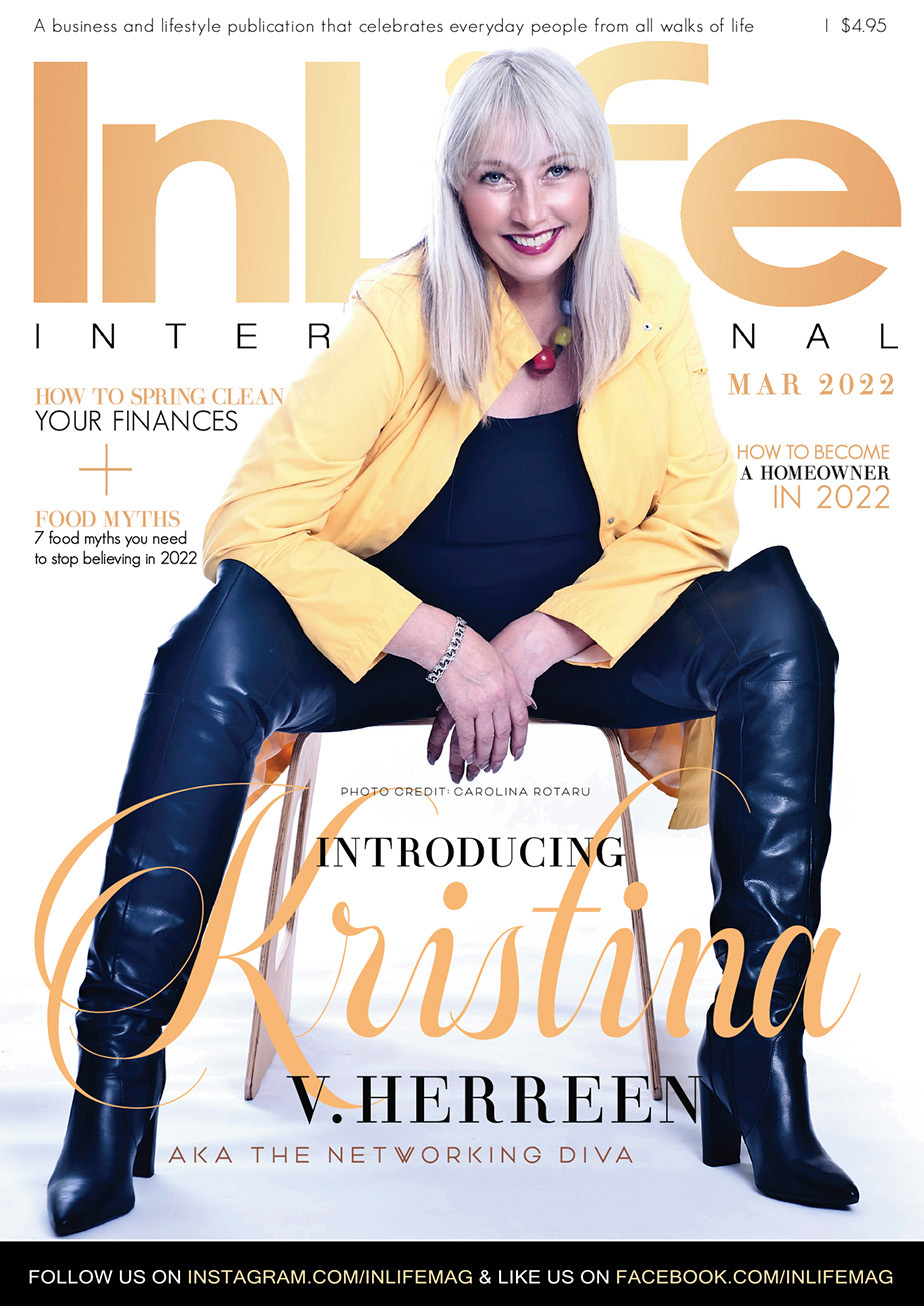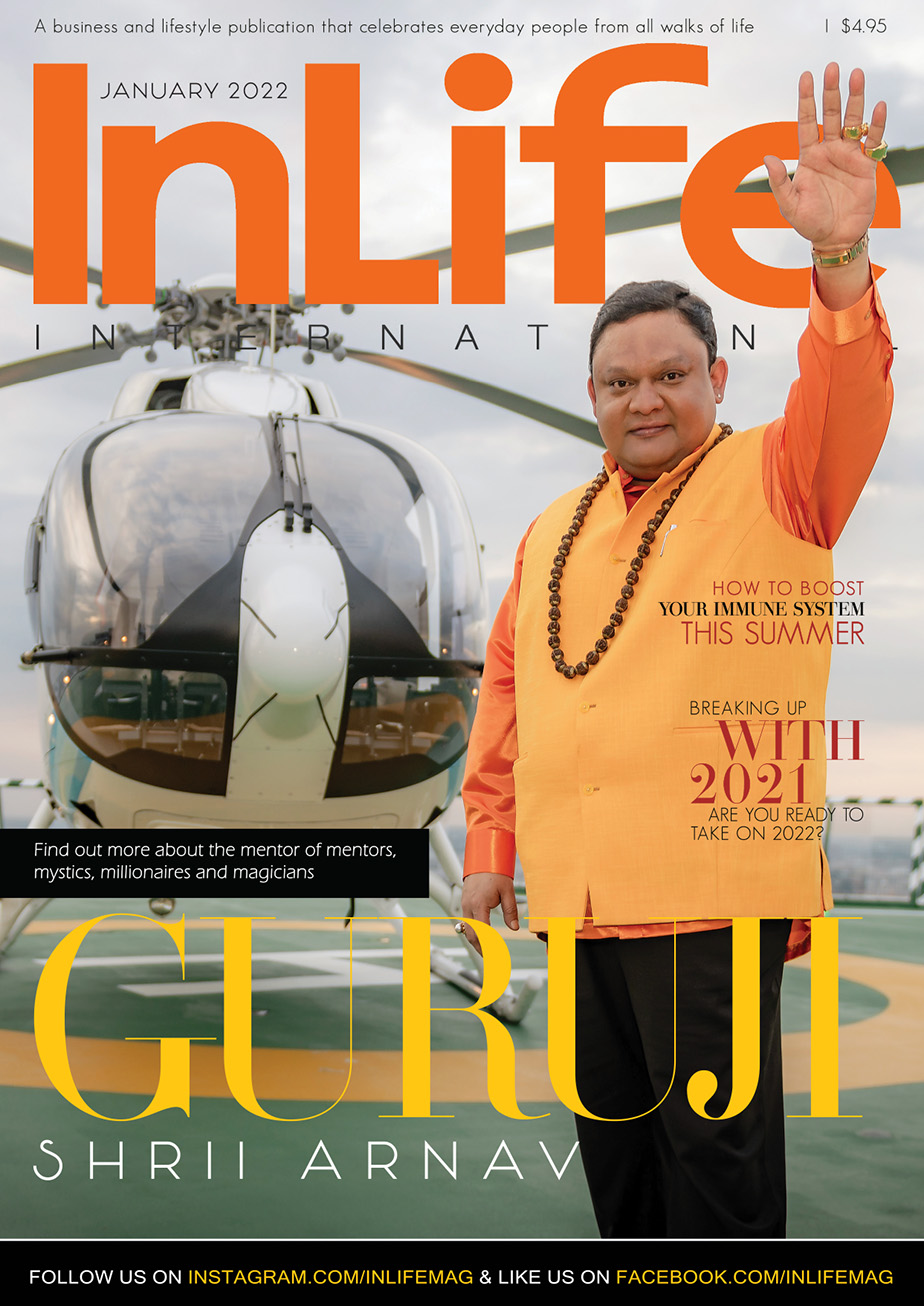In today’s world, where constant connectivity and the pressure to achieve seem ever-present, life can often feel like an unending race. The demands of work, family, and social obligations can leave us overwhelmed, disconnected, and perpetually busy. However, amidst the chaos, a quiet revolution is taking place: the art of slow living. This lifestyle movement encourages individuals to embrace a more mindful and intentional approach to life.
What Is Slow Living?
At its core, slow living is about intentionally decelerating and savouring life’s moments. It’s a rejection of the “hustle culture” that glorifies busyness as a measure of success. Instead, slow living invites us to align our actions with our values, prioritising activities that bring meaning and joy.
Originally hailing from the slow food movement in Italy during the 1980s—which advocated for traditional, regional cuisine over fast food—the concept has since expanded to encompass all aspects of life. From work and leisure to relationships and self-care, slow living encourages us to be present and intentional, promoting well-being over perpetual productivity.
Why Embrace Slow Living?
Australia, with its laid-back reputation, might seem like a natural setting for slow living. However, many Australians still find themselves caught in the hustle, striving to balance professional aspirations with personal fulfilment. Adopting a slow-living mindset can have profound benefits, including:
- Improved Mental Health: Slowing down reduces stress, anxiety, and burnout, creating space for relaxation and reflection.
- Stronger Connections: By prioritising meaningful interactions, slow living enhances relationships with family, friends, and the wider community.
- Enhanced Productivity: Ironically, stepping back can improve focus and efficiency, allowing for deeper engagement in fewer tasks.
- Sustainable Living: A slower pace often aligns with sustainable choices, encouraging mindful consumption and a reduced environmental footprint.
Practical Steps to Embrace Slow Living
Transitioning to a slower lifestyle doesn’t mean abandoning responsibilities or dramatically changing your life overnight. It’s about small, intentional shifts that create lasting impact. Here’s how to get started:
1. Simplify Your Schedule
Begin by evaluating your commitments. Are there activities or obligations that don’t align with your priorities? Learn to say no to unnecessary engagements and focus on what truly matters. Creating space in your calendar allows for spontaneity, creativity, and rest.
2. Practice Mindfulness
Try to practice mindfulness into your daily routine, whether through meditation, journaling, or simply being fully present during activities. Mindfulness helps anchor you in the moment, reducing the mental clutter that comes with multitasking.
3. Prioritise Quality Over Quantity
Choose experiences and possessions that add value to your life. Whether it’s quality time with loved ones or investing in durable, ethically made products, embracing minimalism can be both freeing and fulfilling.
4. Reconnect with Nature
Australia’s stunning landscapes provide the perfect backdrop for slow living. Take time to enjoy a bushwalk, swim in the beach, or simply sit in a park. Nature has a grounding effect, reminding us of life’s simple pleasures.
5. Create Rituals
Incorporate small, meaningful rituals into your day. This could be enjoying your morning coffee without distractions, reading a book before bed, or cooking a meal from scratch. Rituals bring a sense of rhythm and purpose to daily life.
6. Limit Screen Time
Technology often accelerates life’s pace, pulling us in multiple directions at once. Set boundaries with your devices by turning off notifications, implementing tech-free zones, or dedicating specific times for checking emails and social media.
7. Support Local and Sustainable Practices
Embrace the slow food philosophy by sourcing produce locally and supporting small businesses. Shopping at farmers’ markets or choosing handmade goods fosters connection with your community and supports ethical consumption.
Challenges and Misconceptions
While slow living sounds idyllic, adopting this lifestyle isn’t without its challenges. Many people worry that slowing down might make them seem less ambitious or productive. However, slow living isn’t about doing less—it’s about doing things more deliberately. It requires a mindset shift, which can take time and patience.
Additionally, societal pressures can make slowing down feel counterintuitive. Yet, as more individuals embrace this movement, it’s becoming increasingly evident that productivity and rest are not mutually exclusive. In fact, they complement each other, fostering a healthier and more sustainable way of living.
Finding Your Balance
Slow living isn’t a one-size-fits-all solution. It’s about finding the balance that works for you, whether that’s dedicating weekends to leisure, practising gratitude daily, or carving out time for hobbies you love. It’s a journey of self-discovery that evolves as your priorities and circumstances change.
A Lifestyle Worth Embracing
In a world that often feels relentless, slow living offers a breath of fresh air. By embracing this philosophy, we can cultivate richer, more meaningful lives while fostering a deeper connection with ourselves, others, and the world around us. The art of slow living isn’t about stepping back from life—it’s about stepping into it fully and intentionally. So, pause, breathe, and savour the moment—because life’s beauty lies in its details.

















